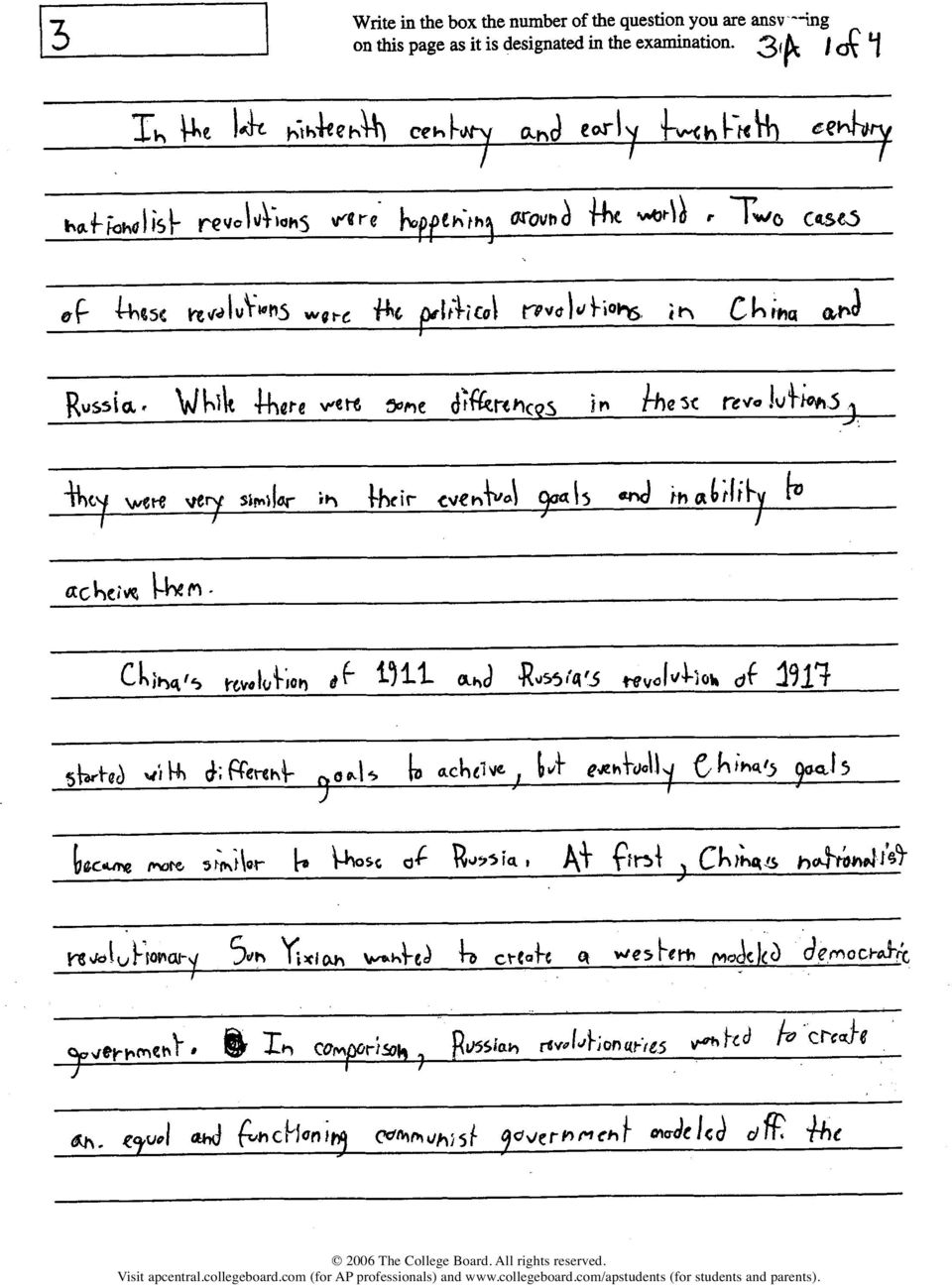Introduction to Friedrich Kittler - YouTube.
Friedrich Kittler, Gramophone, Film, Typewriter, 1999: xxxix The excerpt above, from the introduction of Understanding Media, reveals McLuhan’s vision of the electronic media world: through the media, humanity, fully connected, will collabora-tively build and share a global world. The fragmentation and alienation associated with the.Technology and Culture 42.1 (2001) 174-176 Gramophone, Film, Typewriter. By Friedrich A. Kittler, trans. Geoffrey Winthrop-Young and Michael Wutz.Kittler notes that Foucault ended his archaeology of discourse around 1850, just before things got going with the second industrial revolution and the expansion of media technologies—typewriter, gramophone, and film (each contributing to a medial turn Foucault does not address). The.
Get this from a library! Kittler and the Media. (Geoffrey Winthrop-Young) -- With books such as Discourse Networks and Gramophone, Film, Typewriter and the collection Literature, Media, Information Systems, Friedrich Kittler has established himself as one of the world's most.With books such as Discourse Networks and Gramophone, Film, Typewriter, and the collection Literature, Media, Information Systems, Friedrich Kittler has established himself as one of the world's most influential media theorists. He is also one of the most controversial and misunderstood.

Human identity, as constituted in the discourse network of 1900, is forced through the available media channels of the gramophone, film and typewriter. 2000. The Discourse Network of 2000 is the most hesitantly sketched stage of Kittler’s chronological frameworks.












